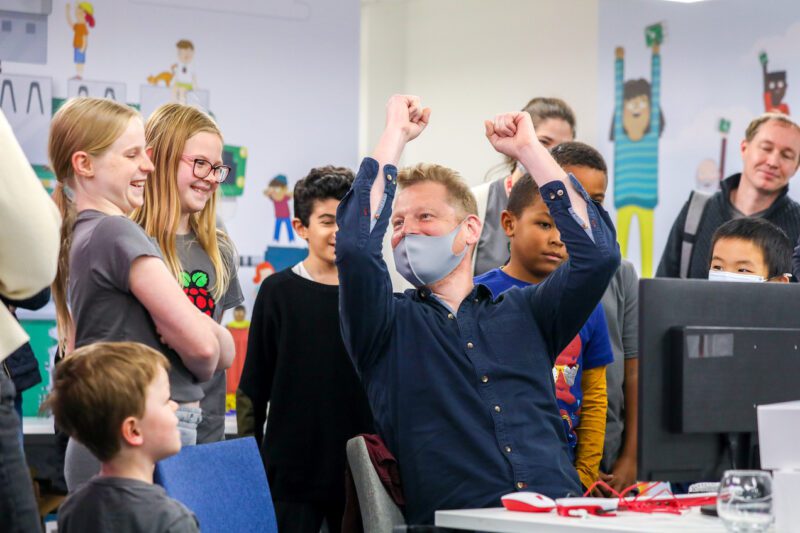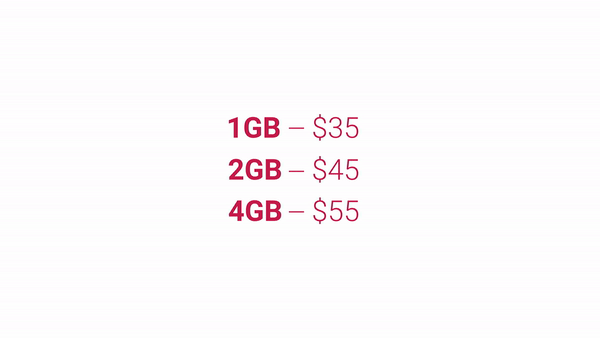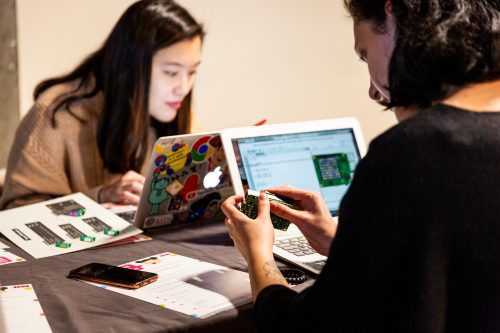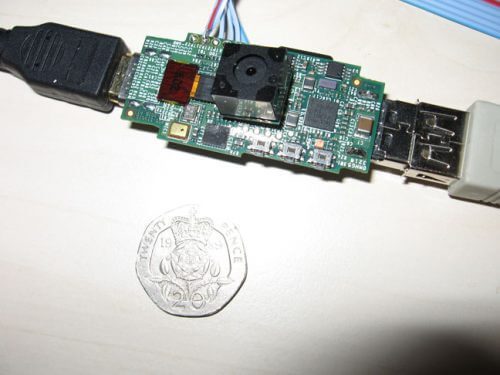Schlagwort: birthday
-

Celebrating 10 years of Raspberry Pi with a new museum exhibition
Reading Time: 2 minutesTen years ago, Raspberry Pi started shipping its first computers in order to inspire young people to reimagine the role of technology in their lives. What started with a low-cost, high-performance computer has grown into a movement of millions of people of all ages and backgrounds. Today, Raspberry Pi is the UK’s…
-

Celebrate CoderDojo’s 10th birthday with us!
Reading Time: 5 minutesWe are inviting you all to a very special event this week: the CoderDojo team is hosting a 10th birthday livestream to celebrate the CoderDojo community and all that they have achieved over the last ten years. Everyone is welcome, so mark your diary and make sure you and your favourite young…
-

Raspberry Jams around the world celebrate Raspberry Pi’s 8th birthday
Reading Time: 4 minutesHappy birthday to us: tomorrow marks the eighth birthday of the Raspberry Pi computer! Eighth birthday? Or second? On 29 February 2012 we launched our very first $35 credit card-sized computer, Raspberry Pi 1 Model B. Since then, we’ve sold over 30 million Raspberry Pi computers worldwide. People all over the world…
-

A birthday gift: 2GB Raspberry Pi 4 now only $35
Reading Time: 4 minutesTL;DR: it’s our eighth birthday, and falling RAM prices have allowed us to cut the price of the 2GB Raspberry Pi 4 to $35. You can buy one here. Happy birthday to us In two days’ time, it will be our eighth birthday (or our second, depending on your point of view).…
-

Celebrate the Raspberry Pi’s 8th birthday at a Raspberry Jam
Reading Time: 3 minutesOn 29 February 2020, the Raspberry Pi Foundation will celebrate the eighth birthday of the Raspberry Pi computer (or its second birthday, depending on how strict you are about counting leap years). Like any parent, we feel like time has flown by, and it’s remarkable to think how far we’ve come in…
-

Happy birthday to us!
Reading Time: 8 minutesThe eagle-eyed among you may have noticed that today is 28 February, which is as close as you’re going to get to our sixth birthday, given that we launched on a leap day. For the last three years, we’ve launched products on or around our birthday: Raspberry Pi 2 in 2015; Raspberry…
-

Google Turns 15: Tony Hawk Gives 15 Inverts to Google
Reading Time: < 1 minuteTony Hawk gives 15 inverts to Google for their 15th Birthday. Music By: Plateaus „Hot Air Head“ Plateausband.bandcamp.com http://www.youtube.com/watch?feature=share&list=UUX9_Ks1MXuwXCmtt0fOFsxA&v=mBdDezyd7bg&desktop_uri=%2Fwatch%3Fv%3DmBdDezyd7bg%26feature%3Dshare%26list%3DUUX9_Ks1MXuwXCmtt0fOFsxA&app=desktop






